
Misunderstandings turn water purifiers into disease hotbeds, get rid of them immediately or your whole family will be harmed
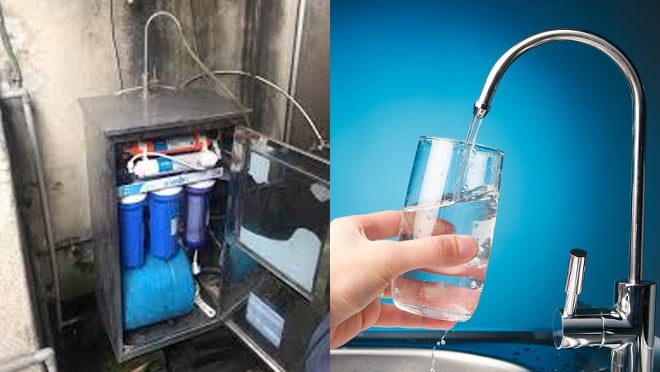
3 Harmful Mistakes Every Household Makes That Turn Water Purifiers into “Nests” of Toxins and Bacteria
Many families choose water purifiers to protect their health. However, improper use can lead to serious consequences.
Not Replacing Filter Cartridges Regularly
Every filter cartridge has a certain lifespan. If not replaced on time, it will greatly affect water quality and the lifespan of the machine. Failure to replace cartridges on schedule is the most common mistake in using water purifiers.
Expired cartridges reduce water quality. When the cartridge is overdue but not replaced, contaminants accumulate and may leach back into the filtered water. This makes the output water unsafe, sometimes even more polluted than the input water, directly affecting users’ health.
Moreover, old cartridges also shorten the purifier’s lifespan. Since all components are interconnected, clogged filters slow down water flow, causing unstable operation.
Manufacturers recommend replacing cartridges every 12 months for well water and 18 months for tap water. However, experienced users suggest replacing them earlier. Importantly, never wash or reuse old cartridges, as this diminishes filtering ability and may even worsen contamination.
Installing the Faucet into a Hot Water Pipe
The faucet of a purifier must never be connected to a hot water line. Purifiers are designed to filter water at room temperature. Using hot water can melt pipes, cause serious damage, and quickly wear out the system.
Thinking More Filter Cartridges Mean Better Filtration
More cartridges do not necessarily equal better filtration. An efficient purifier usually has up to 5 cartridges: 3 pre-filters, 1 RO or Nano membrane, and 1 Cation cartridge for areas with high calcium or lime.
After passing through the RO membrane, water becomes pure but loses beneficial minerals. To restore these, manufacturers add machines with 6–9 cartridges, where the extra cartridges only reintroduce minerals rather than removing harmful substances.
4 Signs You Must Replace the Filter Immediately
-
Filter Cartridge Changes Color
Pre-filters trap sediments like dirt, sand, rust, calcium, and organic matter. Over time, they turn brown, gray, or black depending on the water source. The darker the color, the more impurities trapped. If still white or lightly yellow, it’s fine. When it darkens and collects thick residue, it must be replaced. -
Water Flow Slows Down
If the water stream slows or drips, the filter may be clogged with impurities. Blockages reduce water circulation, causing weak flow. -
Unusual Noises from the Machine
When filters clog, unstable flow forces low-pressure valves and solenoid valves to open and close continuously, producing clicking noises. -
Water Tastes or Smells Strange
Purified water should be odorless, colorless, and tasteless. If the water has an unusual taste or smell, some filters may be dirty or broken and need replacement.
How Often Should Filters Be Replaced?
-
Filter No. 1 (Pre-filter): Directly contacts source water, trapping dirt and sediments. Replace every 3–6 months depending on water quality.
-
Filter No. 2: Usually activated carbon sponge, removes odors, organics, heavy metals, chlorine. Replace every 6–9 months.
-
Filter No. 3: Made from PP fibers, filters particles ≥1 micron. Replace every 9–12 months.
-
Filter No. 4 (RO Membrane): Removes solids, heavy metal ions, bacteria, toxins. Replace every 24–36 months (higher cost than others).
-
Other Functional Filters: Add minerals (potassium, magnesium, phosphorus, calcium) and balance pH. Replace every 12–24 months depending on source water and usage.
News in the same category


Soak fish in this water, the fish meat will be firm, sweet, well-rounded, and will no longer have a fishy smell

10 foods to help fight fatty liver: Nutritionists recommend eating them every day!

Mix banana peels with this and leave it in the corner of the house. After just 1 night, all the cockroaches will run away
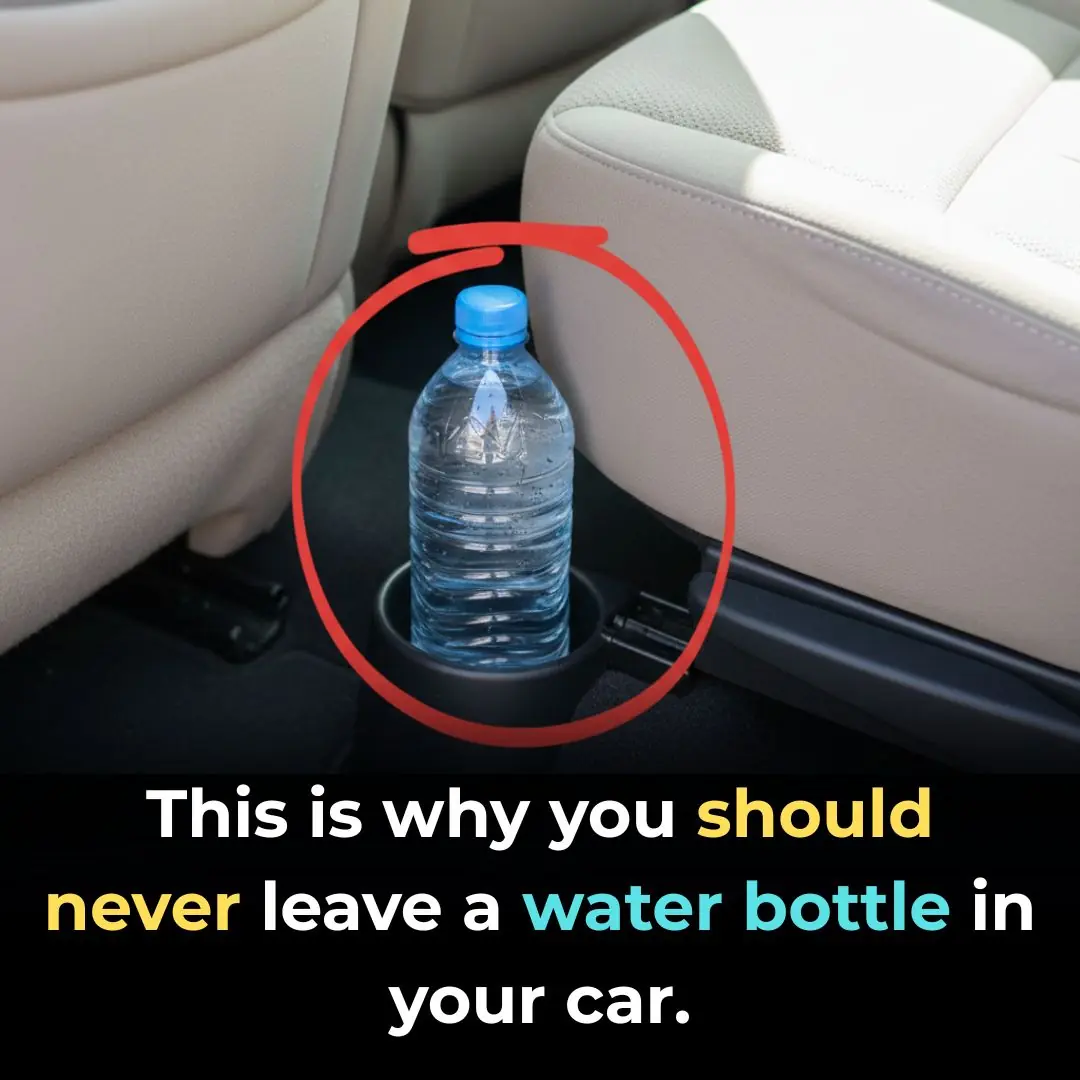
This is why you should never leave a water bottle in your car.

Supermarket staff reveal: 6 things never buy in supermarkets even on big sale
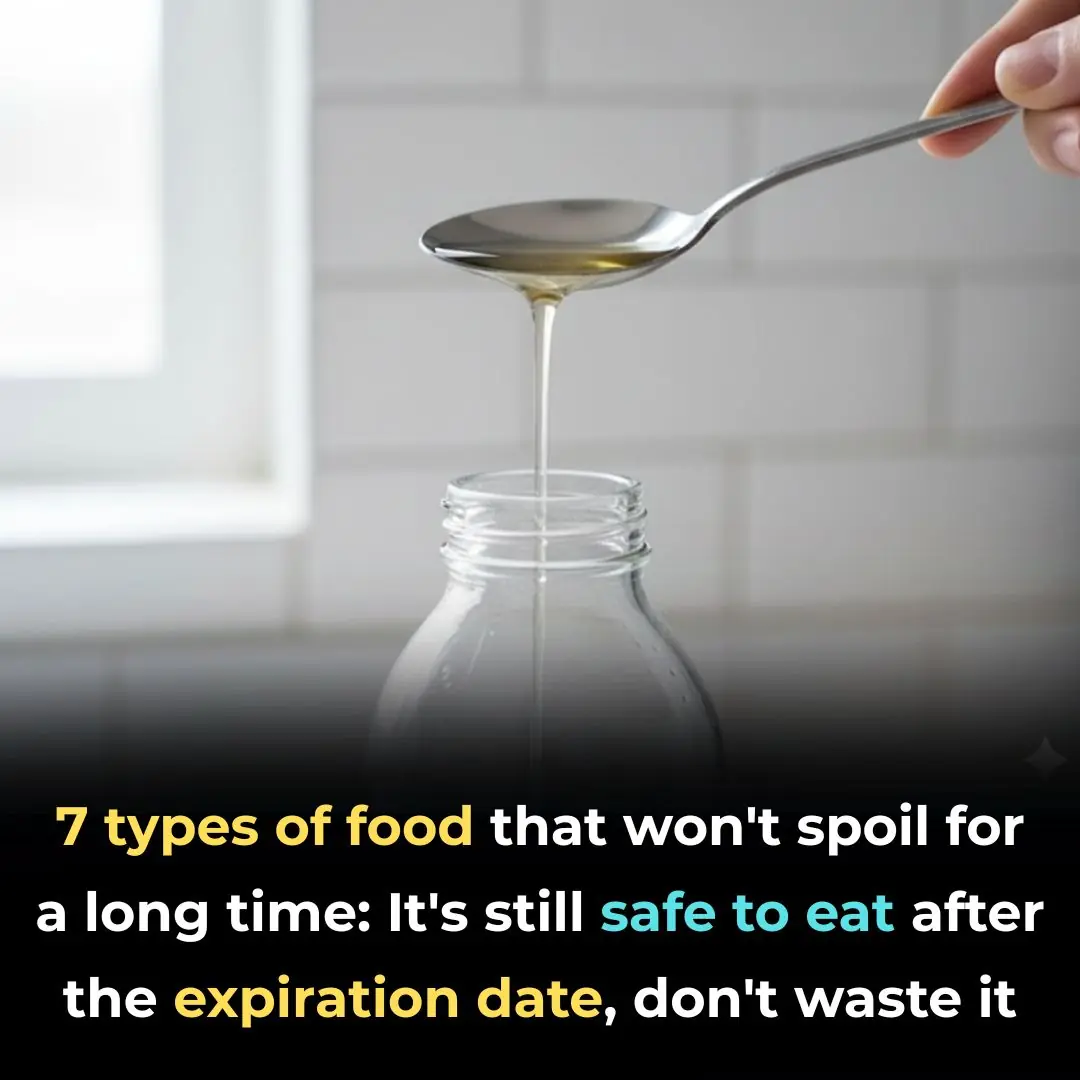
7 types of food that won't spoil for a long time: It's still safe to eat after the expiration date, don't waste it

What is Black Vinegar? Nutritional Value and Benefits of Black Vinegar

9 Foods You Should Eat Regularly to Prevent Memory Loss and Keep Your Brain Sharp as You Age
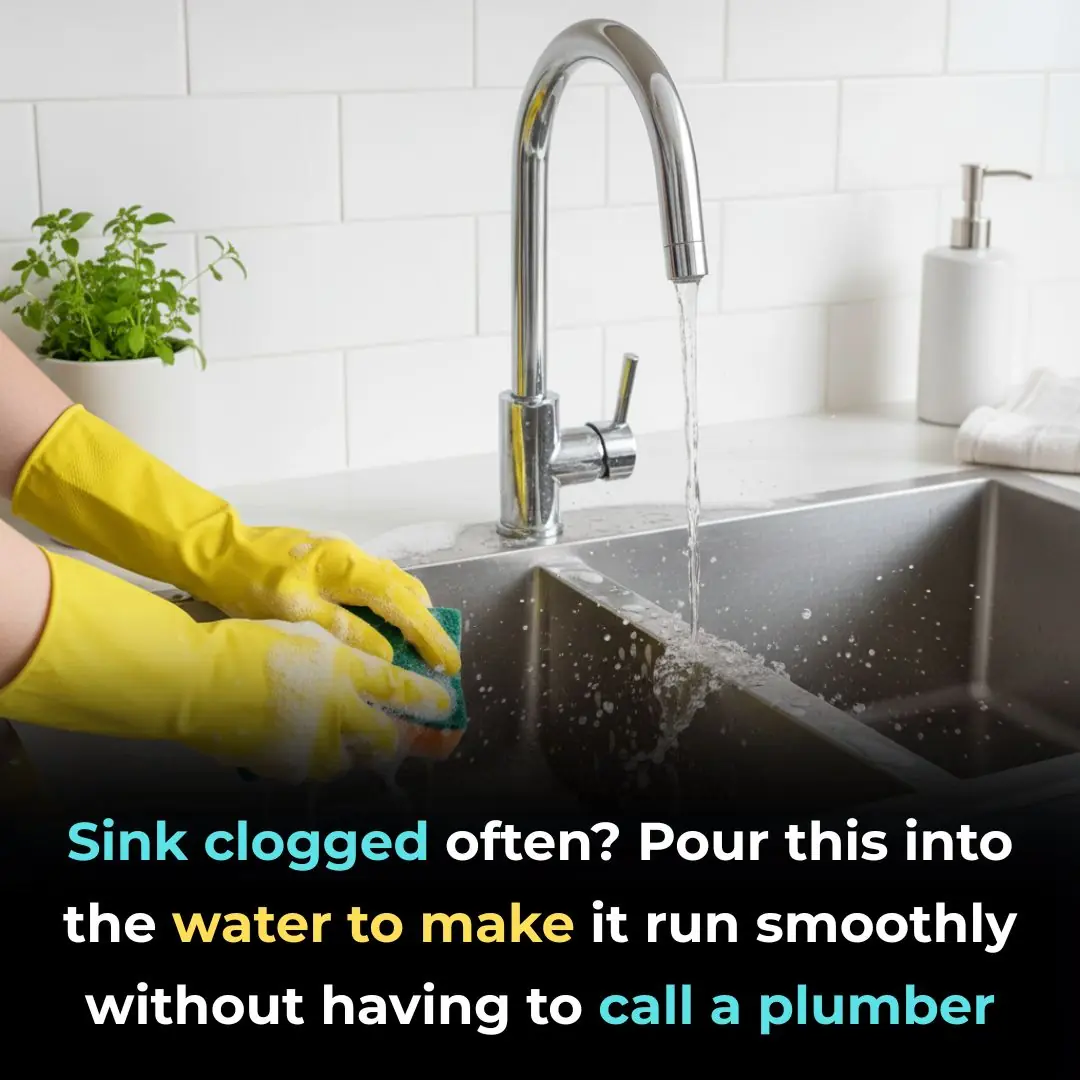
Is Your Kitchen Sink Often Clogged? Pour This In for Smooth Flow Without Calling a Plumber

Tips for self-defense when encountering ferocious or loose dogs.

Go to the market and see that pork has these 4 characteristics

Cactus and little-known medicinal remedies
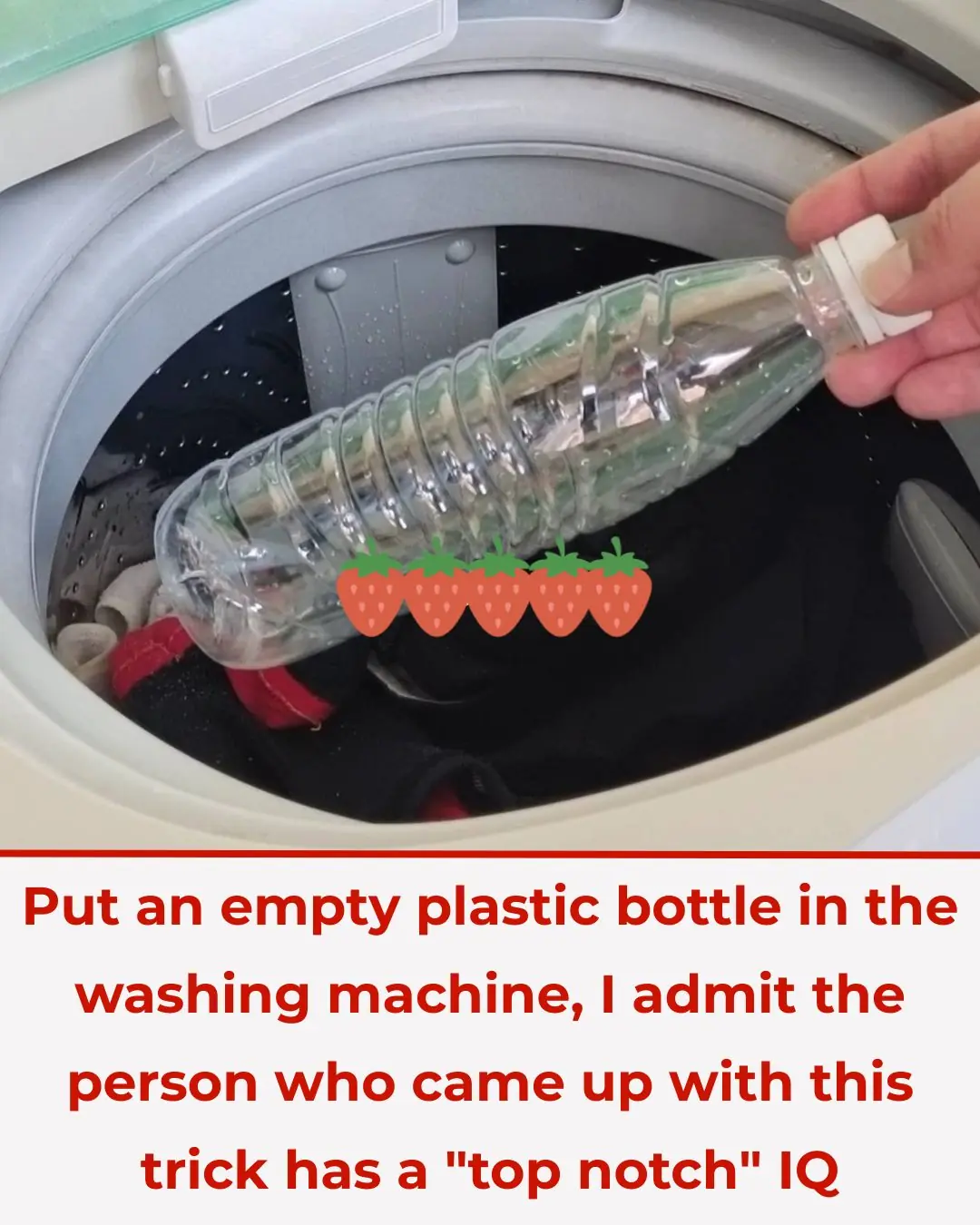
Put an empty plastic bottle in the washing machine, I admit the person who came up with this trick has a "top notch" IQ
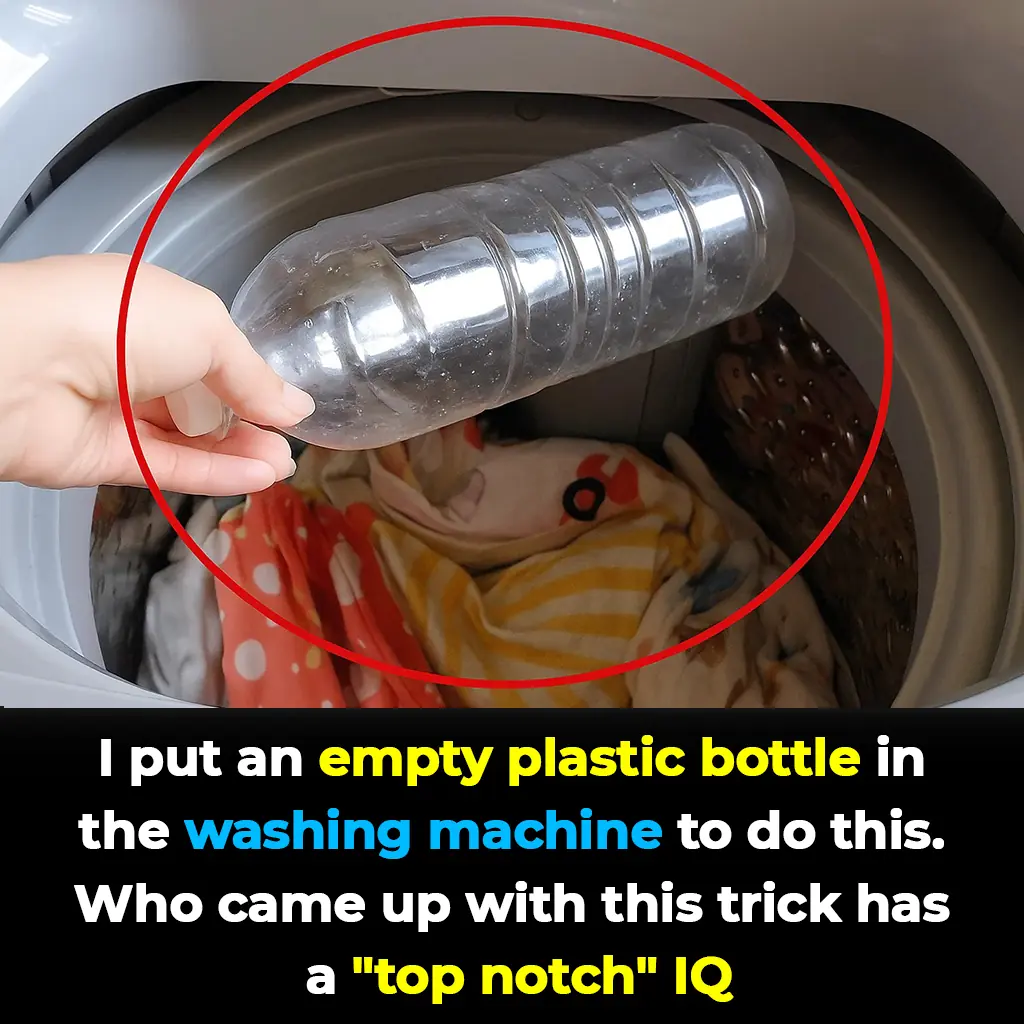
Genius Laundry Hack: Why Putting an Empty Plastic Bottle in Your Washing Machine Can Save Time and Hassle
It may sound strange, but dropping a simple empty plastic bottle into your washing machine could completely change the way you do laundry. This clever trick not only prevents clothes from tangling but also improves the overall cleaning process, making you

How long should frozen meat be thrown away? Here's the answer.

Put a Roll of Toilet Paper in the Fridge Overnight: The Unexpected Hack That Saves Families a Fortune
A simple household item can become a powerful money-saving tool if you know how to use it wisely. Believe it or not, placing a single roll of toilet paper inside your refrigerator overnight can help reduce odors, prevent frost buildup, and even cut down y

This is the reason why you should plant aloe vera in your home right away.
News Post

Jar of sour star fruit soaked in rock sugar

There is a "hidden switch" on the water heater that you can turn on and use for more than 10 years and it will still be durable.

Soak fish in this water, the fish meat will be firm, sweet, well-rounded, and will no longer have a fishy smell

10 foods to help fight fatty liver: Nutritionists recommend eating them every day!

Mix banana peels with this and leave it in the corner of the house. After just 1 night, all the cockroaches will run away

12 Moringa Seed Benefits You’ll Never Hear from Your Doctor (But You Should Know)

This is why you should never leave a water bottle in your car.

Supermarket staff reveal: 6 things never buy in supermarkets even on big sale

Ditch the Pills: Unlock Chayote’s Secret to Pain-Free, Vibrant Health! 🥗

7 types of food that won't spoil for a long time: It's still safe to eat after the expiration date, don't waste it

Vaping vs. Smoking: New Study Says Vapes May Be More Harmful

Waking Up to Pee? Here’s What You Should Know—and When It Might Be a Problem

What is Black Vinegar? Nutritional Value and Benefits of Black Vinegar

9 Foods You Should Eat Regularly to Prevent Memory Loss and Keep Your Brain Sharp as You Age

Is Your Kitchen Sink Often Clogged? Pour This In for Smooth Flow Without Calling a Plumber
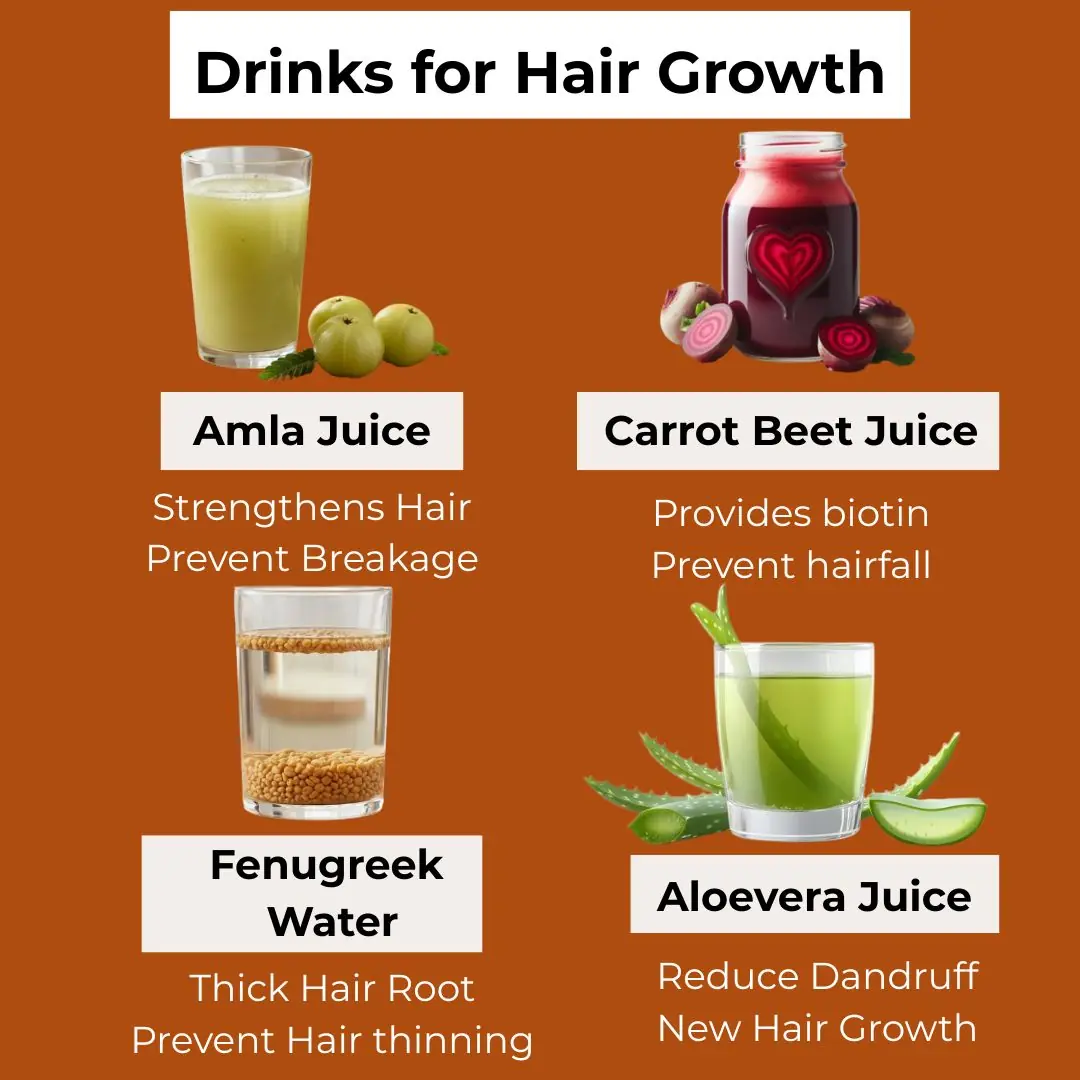
Hair Growth Juice – Amla Juice & Curry Leaves for Hair

Girl, 5, died days after being misdiagnosed with a cold

Heart surgeon shares four daily habits to avoid for better health
